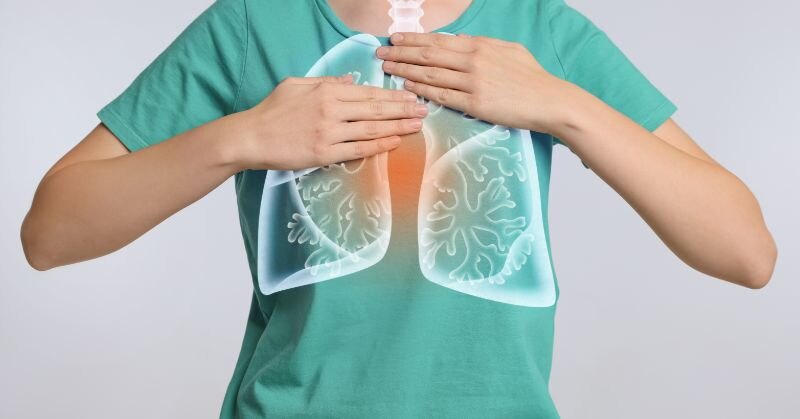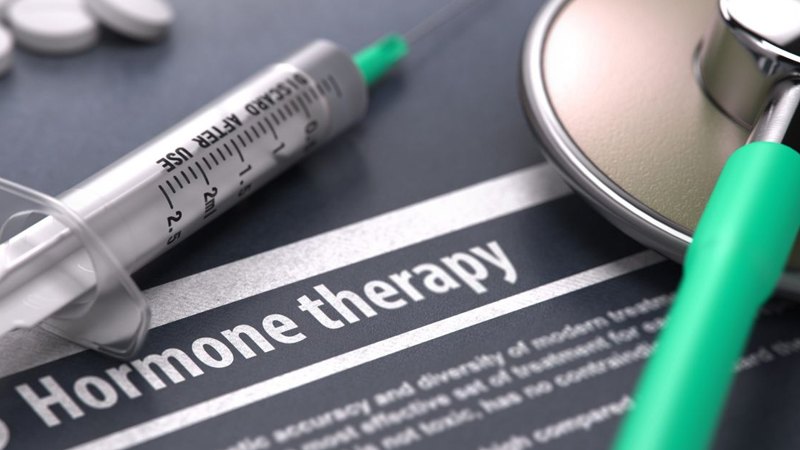Early detection and personalized treatment are essential for improving outcomes in metastatic breast cancer (MBC). This article covers symptoms, treatment options, healthcare considerations, and practical tips for maintaining breast health, all tailored to what patients need most.

Understanding Metastatic Breast Cancer
| Stage | Description |
| Stage 0 | Non-invasive, confined to the ducts (ductal carcinoma in situ). |
| Stage I | Small and localized within the breast. |
| Stage II | Spread to nearby lymph nodes, but still relatively contained. |
| Stage III | Further spread to more lymph nodes, possibly reaching the chest wall or skin. |
| Stage IV (Metastatic) | Cancer has spread to distant parts of the body, such as bones, liver, lungs, or brain. |
Common Symptoms and Warning Signs
| Stage | Common Symptoms and Warning Signs |
| Stage 0 | Usually no symptoms; may be detected through routine mammograms. |
| Stage I | Small lump in the breast, slight changes in breast shape or size. |
| Stage II | Larger lump, possible lymph node swelling under the arm, noticeable breast changes. |
| Stage III | Significant lump, noticeable breast changes, skin dimpling, nipple discharge. |
| Stage IV (Metastatic) | Symptoms vary based on spread: bone pain, persistent cough, severe headaches, jaundice, weight loss. |
Risk Factors and Prevention
Risk factors for metastatic breast cancer include a history of breast cancer, genetic mutations (such as BRCA1 or BRCA2), and lifestyle factors like obesity and alcohol consumption. Preventive strategies include maintaining a healthy diet, regular exercise, avoiding excessive alcohol, and getting regular screenings. For those with a significant family history or known genetic mutations, genetic counseling and testing can provide additional insights into risk and prevention options.
Importance of Early Detection
Screening and Diagnostic Methods
Regular mammograms, MRIs for high-risk patients, and diagnostic biopsies are essential tools for early detection. These screenings help catch cancer early when it is most treatable.
The Role of Genetic Testing
Genetic testing for mutations like BRCA1 and BRCA2 identifies higher-risk individuals. It guides screening frequency and informs decisions about preventive measures like prophylactic surgery.
Impact on Survival Rates
Early detection correlates with higher survival rates. Catching cancer early allows for more effective localized treatments, whereas metastatic cancer is more challenging to manage.
Comprehensive Treatment Options
| Treatment Type | Overview |
| Targeted Therapy | Used for HER2-positive breast cancer; focuses on specific cancer cell characteristics. |
| Endocrine Therapy | For hormone receptor-positive cancers; blocks hormones that fuel cancer growth. |
| Chemotherapy | Kills rapidly growing cancer cells; used across various breast cancer types. |
| Immunotherapy | Helps the immune system recognize and fight cancer; emerging option for certain subtypes. |
| Radiation Therapy | Targets cancer cells in specific areas, often used for localized metastases. |
| Surgery | Typically palliative in metastatic cases, aimed at relieving symptoms. |
-
Targeted Therapy and Endocrine Therapy: These treatments are frequently used in both early-stage and metastatic breast cancer, especially for HER2-positive and hormone receptor-positive cases.
-
Chemotherapy: This approach is utilized across all stages but plays a crucial role in advanced or metastatic breast cancer.
-
Immunotherapy: As an emerging treatment, immunotherapy is particularly beneficial for specific subtypes of breast cancer and is often combined with other therapies.
-
Radiation Therapy: This treatment is generally used to address localized metastases or to target specific tumor sites in the earlier stages of breast cancer.
-
Surgery: Surgery is mainly performed in early-stage breast cancer to remove tumors. In metastatic cases, it is more commonly employed for palliative care to alleviate symptoms.
Holistic and Supportive Care
Palliative Care and Symptom Management
Palliative care helps manage symptoms like pain and fatigue, improving quality of life. It can be provided alongside other treatments.
Psychological and Emotional Support
Emotional support through counseling, support groups, and online communities is crucial for coping with metastatic breast cancer.
Integrative Therapies
Complementary therapies such as acupuncture, massage, and nutrition counseling can help manage side effects and improve well-being. Consult your healthcare provider to safely integrate these into your treatment plan.
Proactive Breast Health: Tips for Women Concerned About Future Risk
| Health Tip | Specific Suggestion |
| Maintain a Healthy Weight | Keep your BMI within a healthy range through diet and exercise. |
| Exercise Regularly | Aim for 150 minutes of moderate exercise or 75 minutes of vigorous exercise weekly. |
| Limit Alcohol | Limit to one drink per day or less. |
| Eat a Balanced Diet | Focus on fruits, vegetables, whole grains, and lean proteins. |
| Avoid Tobacco | Don’t smoke and avoid secondhand smoke. |
| Regular Screenings | Get annual mammograms starting at age 40, or earlier if at high risk. |
| Monthly Self-Exams | Perform a self-exam each month, ideally a week after your period. |
| Manage Stress | Practice mindfulness, exercise, and ensure 7-8 hours of sleep nightly. |
| Stay Connected | Maintain strong social connections for emotional support. |
Navigating Healthcare and Insurance in the U.S.
To manage the costs of breast cancer treatment:
-
Review Your Insurance: Check your policy to understand what treatments are covered and ensure you use in-network providers. Obtain any required pre-authorizations to avoid denied claims.
-
Seek Financial Assistance: Ask your healthcare provider or a hospital financial counselor about available assistance programs. Contact your insurance company for copay help, explore government aid like Medicaid, and search online for nonprofit support.
FAQs
-
Are there financial aid options for cancer patients? Yes, options include Medicaid, SSDI, nonprofit grants, and hospital financial counselors who can assist with applications.
-
How can I reduce my risk of breast cancer? Maintain a healthy weight, exercise, limit alcohol, avoid smoking, eat a balanced diet, and get regular screenings.
Conclusion
Early detection, informed decision-making in treatment, and proactive breast health are critical in managing metastatic breast cancer. Regular screenings, understanding your treatment options, and making healthy lifestyle choices can make a significant difference in outcomes. Always consult healthcare professionals to tailor your approach to breast cancer prevention and treatment.




